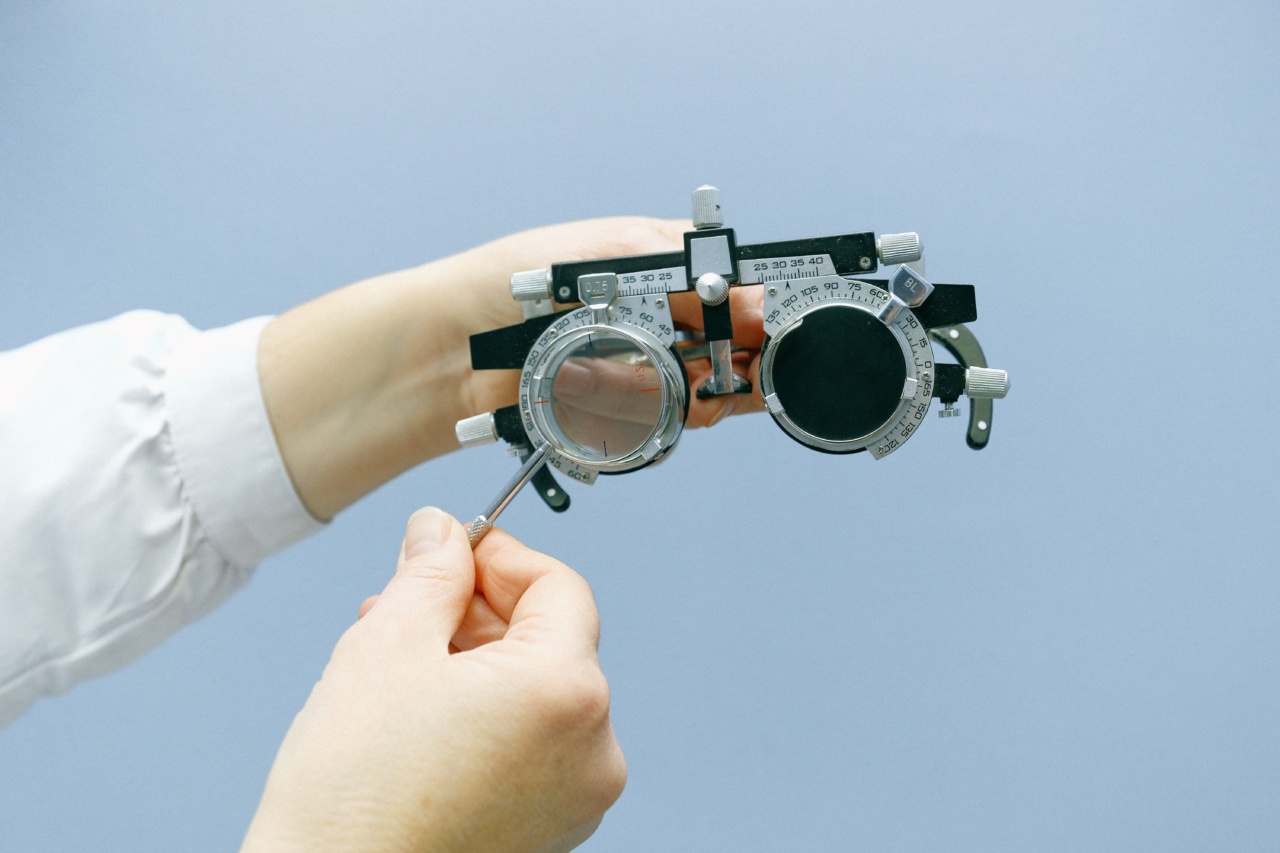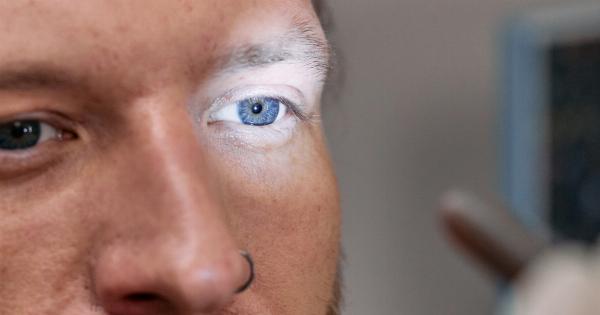Ophthalmological cancer is a type of cancer that occurs within the eye or the surrounding tissues. There are several types of ophthalmological cancers such as intraocular melanoma, retinoblastoma, and squamous cell cancer.
While these cancers can affect individuals of all eye colors, studies have shown that there is a link between certain eye colors and the risk of developing ophthalmological cancer.
Blue Eyes and Ophthalmological Cancer
Blue eyes are one of the eye colors that have been linked to a higher risk of developing ophthalmological cancer. This is due to the fact that individuals with blue eyes have less melanin in their eyes.
Melanin is the pigment that gives our skin, hair, and eyes their color. It is also a natural protector against the harmful effects of UV radiation.
The lack of melanin in blue eyes means that they are more susceptible to UV damage and are therefore at a higher risk of developing ophthalmological cancer.
This risk is further increased for individuals with blue eyes who live in areas with high levels of UV radiation such as Australia or parts of the United States.
Brown Eyes and Ophthalmological Cancer
Brown eyes, on the other hand, have more melanin and are therefore less susceptible to UV damage.
Studies have shown that individuals with dark brown eyes are at the lowest risk of developing ophthalmological cancers such as melanoma and squamous cell cancer.
However, it is important to note that while individuals with brown eyes are at a lower risk of developing ophthalmological cancer, it is not impossible for them to develop the disease.
It is still important for individuals with all eye colors to protect their eyes from UV radiation by wearing sunglasses, hats, and avoiding prolonged exposure to the sun.
Green and Grey Eyes and Ophthalmological Cancer
Green and grey eyes are less common than blue and brown eyes and therefore there is less research on their link to ophthalmological cancer.
However, studies have shown that individuals with green or grey eyes have a slightly higher risk of developing intraocular melanoma than those with brown eyes.
This is thought to be due to the fact that green and grey eyes have less melanin than brown eyes but more than blue eyes.
Therefore, the risk of developing ophthalmological cancer for individuals with green or grey eyes is somewhere in between those with blue and brown eyes.
Conclusion
While eye color is not the only factor that affects the risk of developing ophthalmological cancer, it is an important one.
Individuals with blue eyes are at the highest risk of developing the disease, followed by those with green or grey eyes, while individuals with brown eyes are at the lowest risk.
However, it is important to remember that anyone can develop ophthalmological cancer and therefore everyone should take steps to protect their eyes from UV damage. This includes wearing sunglasses, hats, and avoiding prolonged exposure to the sun.


























